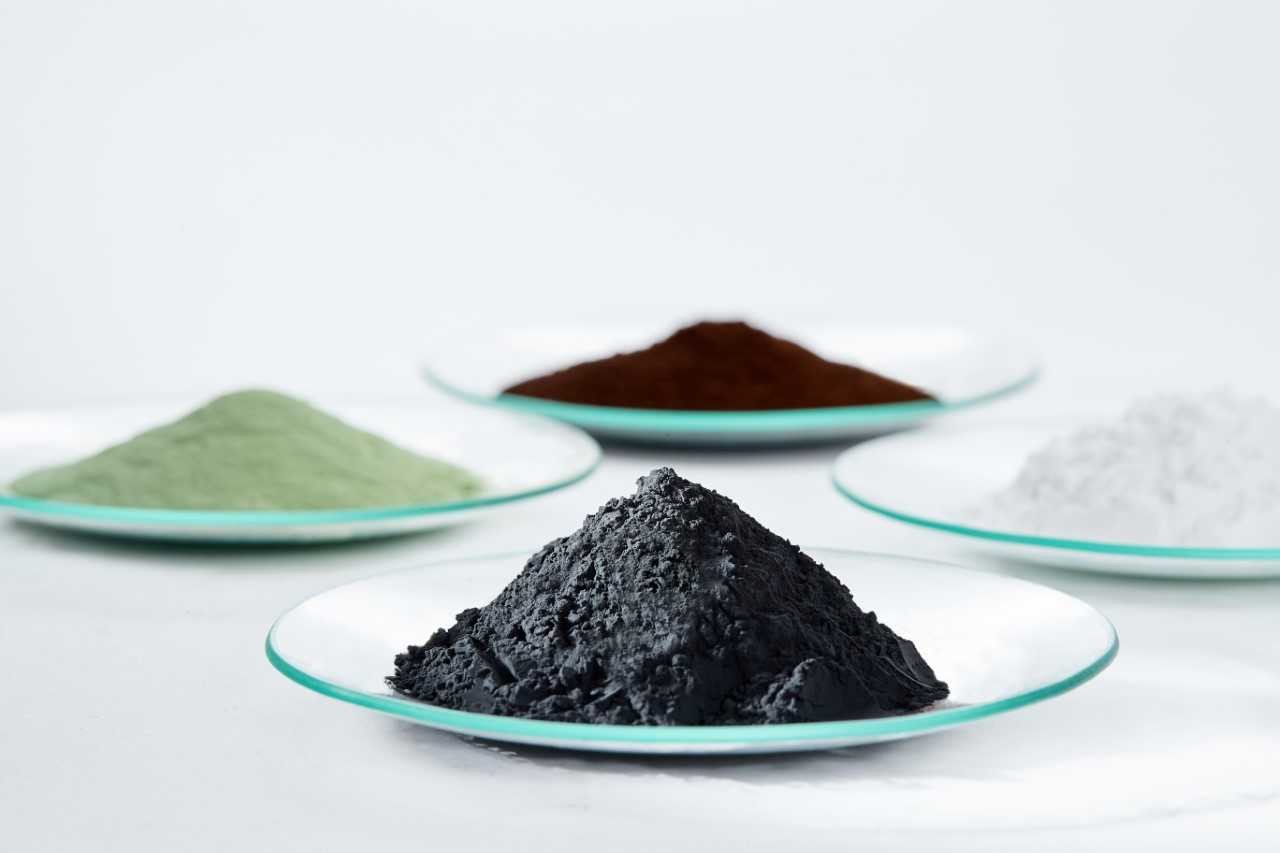

Both environmental issues have encouraged some researchers to improve mineral efficiency and alternatives such as iron-air batteries. Moreover, both lithium and other key strategic minerals used in batteries have significant issues at extraction, with lithium being water intensive in often arid regions and other minerals often being conflict minerals such as cobalt. Improperly recycled batteries can create toxic waste, especially from toxic metals and are at risk of fire. Lithium ion all solid state batteries are being developed to eliminate the flammable electrolyte. Much progress has been made in the development and manufacturing of safe lithium-ion batteries. Lithium-ion batteries can be a safety hazard if not properly engineered and manufactured, because cells have flammable electrolytes and if damaged or incorrectly charged, can lead to explosions and fires.

The first prototype of the modern Li-ion battery, which uses a carbonaceous anode rather than lithium metal, was developed by Akira Yoshino in 1985, which was commercialized by a Sony and Asahi Kasei team led by Yoshio Nishi in 1991. John Goodenough expanded on this work in 1980 by using lithium cobalt oxide as a cathode. Stanley Whittingham conceived intercalation electrodes in the 1970s and created the first rechargeable lithium-ion battery, based on a titanium disulfide anode and a lithium-aluminum cathode, although it suffered from safety problems and was never commercialized. NMC and its derivatives are widely used in the electrification of transport, one of the main technologies (combined with renewable energy) for reducing greenhouse gas emissions from vehicles. Lithium iron phosphate ( LiFePOģ-based lithium rich layered materials, LMR-NMC), and lithium nickel manganese cobalt oxide ( LiNiMnCoOĢ or NMC) may offer longer life and a higher discharge rate. Handheld electronics mostly use lithium polymer batteries (with a polymer gel as electrolyte), a lithium cobalt oxide ( LiCoOĢ) cathode material, and a graphite anode, which together offer high energy density. Cells can be manufactured to prioritize either energy or power density. The anode or negative electrode is usually graphite, although silicon-carbon is also being increasingly used. Most commercial Li-ion cells use intercalation compounds as active materials.

Ĭhemistry, performance, cost, and safety characteristics vary across types of lithium-ion batteries. Compared to other rechargeable battery technologies, Li-ion batteries have high energy density, low self-discharge, and no memory effect (although a small memory effect reported in lithium iron phosphate batteries has been traced to poorly made cells). It also sees significant use for grid-scale energy storage and military and aerospace applications.
#Battery cathode aa portable
It is the predominant battery type used in portable consumer electronics and electric vehicles. The electrolyte is typically a lithium salt in an organic solvent. Positive and negative electrodes remain positive and negative in normal use whether charging or discharging and are therefore clearer terms than anode and cathode, which are reversed during charging. The positive electrode is typically a metal oxide the positive electrode is sometimes called the cathode as it acts as a cathode during discharge. This negative electrode is sometimes called the anode as it acts as an anode during discharge. The negative electrode of a conventional lithium-ion cell is typically graphite, a form of carbon. A 3.6 V Li-ion battery from a Nokia 3310 mobile phoneġ00–265 Wh/kg (0.360–0.954 MJ/kg) Ġ.35% to 2.5% per month depending on state of charge ģ.6 / 3.7 / 3.8 / 3.85 V, LiFePO 4 3.2 V, Li 4Ti 5O 12 2.3 VĪ lithium-ion or Li-ion battery is a type of rechargeable battery which uses the reversible reduction of lithium ions to store energy.


 0 kommentar(er)
0 kommentar(er)
